Cats have a reputation for being finicky, and they can be extremely finicky about their drinking habits. Cats are often less than enthusiastic about staying hydrated, which poses a potential health risk. Ensuring your feline friend consumes enough water is vital for their overall wellbeing, so our team at Cane Bay Veterinary Clinic shares tips that will encourage your cat to drink more water.
Why hydration is important for felines
Hydration is essential to your cat’s overall health and wellbeing. Like humans, a significant portion of a cat’s body is made up of water, and a small hydration deficit can lead to big health implications. Proper hydration provides cats with the following benefits:
- Kidney function — Water helps flush out toxins from the body. Proper hydration supports kidney function, prevents the buildup of waste, and decreases the risk of kidney disease, one of the most common health issues seen in older cats.
- Urinary health — A well-hydrated cat is less likely to develop painful and potentially life-threatening urinary tract infections, urinary crystals, or urinary stones.
- Digestion — Adequate water intake aids digestion and helps ensure the cat absorbs nutrients properly and eliminates waste effectively.
- Temperature regulation — Cats don’t sweat like humans. Instead, they pant and release excess heat through their paws. Sufficient water in their system aids in regulating body temperature, especially in warmer climates or conditions.
- Skin and coat health — Proper hydration supports your cat’s healthy coat and skin. Dehydrated cats may have dry, flaky skin and a dull coat.
Signs your cat is dehydrated
Cats need about four ounces of water per five pounds of lean body weight per day to prevent dehydration. A dehydrated cat loses electrolytes, such as sodium, calcium, and potassium, which are important for the organs and tissues to function properly. Because water is necessary for all body processes, a dehydrated cat’s organ systems can shut down, and in severe cases, this can be deadly. Feline dehydration signs include:
- Appetite loss — Dehydrated cats often lose their appetite, which leads to further dehydration, because they don’t get the moisture from their food.
- Lethargy — Dehydrated cats may become inactive and fatigued, as their body struggles to function without the necessary fluids.
- Dry gums — A healthy cat’s gums should be slick and moist. Dry, sticky gums can indicate dehydration.
- Decreased skin elasticity — To test your cat for dehydration, gently pull up the skin on the back of their neck. If the skin does not quickly snap back into place, your cat may be dehydrated.
- Increased thirst and urination — Although seemingly counterintuitive, some health issues, such as kidney disease or diabetes, can lead to dehydration, because your cat drinks and urinates more.
Tips to encourage your cat to drink more water
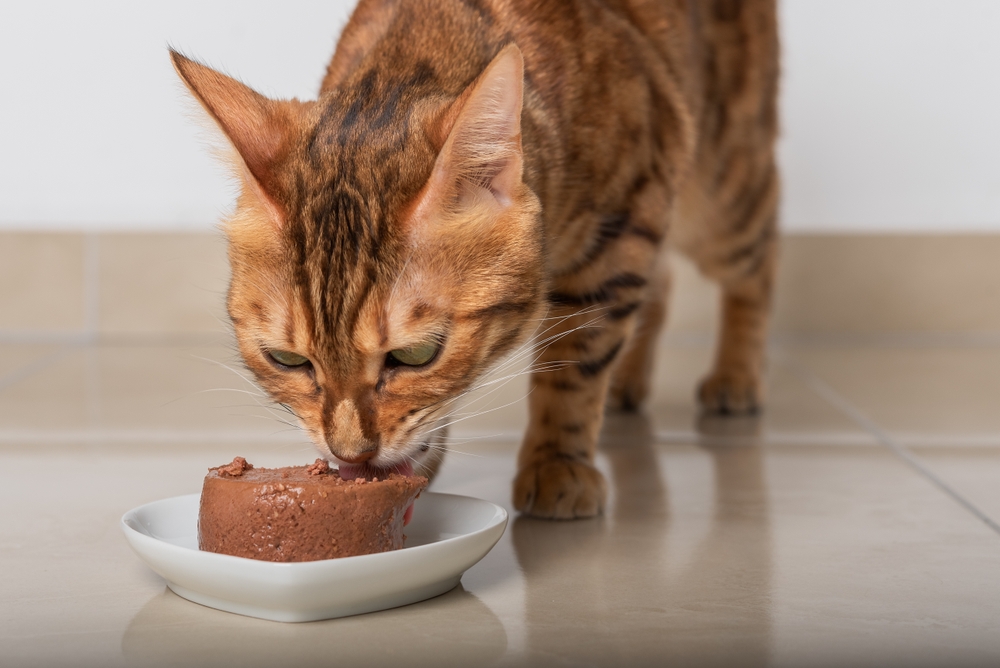
Keeping your cat well-hydrated can be challenging, and you may need to nudge them to increase their water intake. If your cat isn’t drinking enough water, encourage them with these tips:
- Provide multiple water stations — In the wild, cats are opportunistic drinkers who drink intermittently as they find a water source. Providing multiple water sources in various home locations taps into this instinctual behavior.
- Invest in a drinking fountain — Cats are often drawn to flowing water because they instinctually prefer what they perceive as a fresher, cleaner source. A drinking fountain, rather than a bowl of still water, can entice your cat to drink more.
- Feed wet food — Cats who eat only dry kibble consume less water and are more dehydration prone. Wet food is about 70% water, while dry food has about 10% moisture content. By adding wet food to your pet’s dry kibble, you can ensure their food supplies a large part of their daily water requirements.
- Keep water fresh —Cleanliness is important to cats, and they may refuse to drink stagnant water that hasn’t been refreshed or is in a dirty bowl. Refresh your cat’s water once or twice a day, and scrub the bowl daily, to encourage drinking.
These tips can help you ensure your cat stays hydrated, but if you are still concerned about your cat’s water consumption, contact our Cane Bay Veterinary Clinic and schedule an appointment.

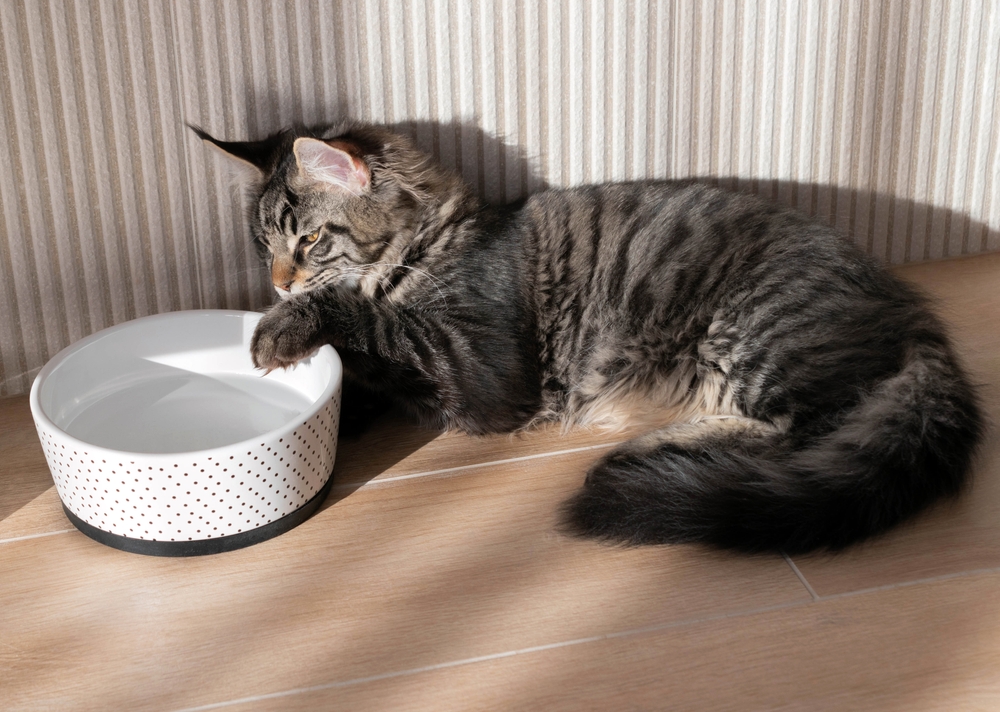

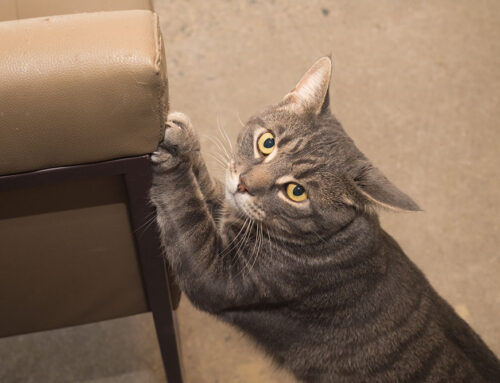
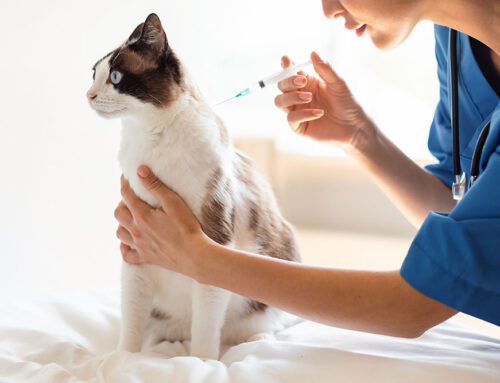
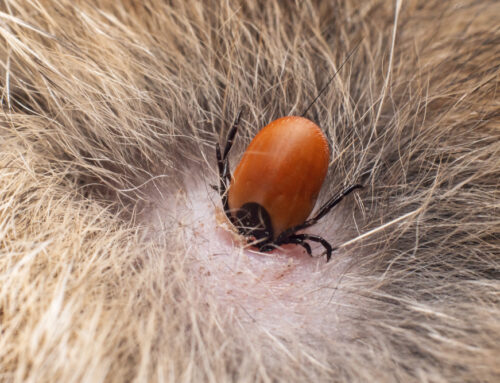

Leave A Comment